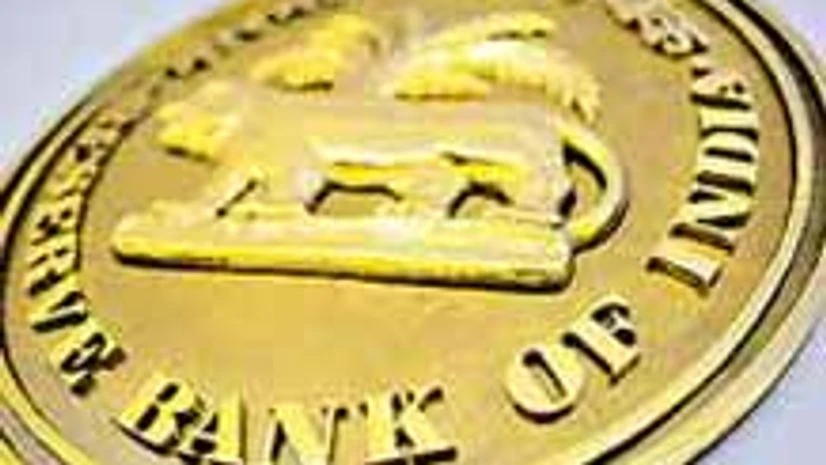The finance ministry has estimated a Rs 44,000-crore dividend from RBI, nationalised banks and financial institutions in 2013-14, about 73 per cent higher than the revised estimate for the current financial year. The bulk of the burden is expected from RBI and this would hit its own contingency pool, payments into which are net of such dividends.
RBI maintains this contingency reserve for unforeseen contingencies, including depreciation in the value of securities, exchange guarantees and risks arising out of monetary or exchange rate policy operations. Also, as it is the lender of last resort, it needs to maintain a healthy contingency reserve, in case of a bank failure threat. RBI also maintains an Asset Development Reserve, created in 1997-98. This is to meet internal capital expenditure and make investments in subsidiaries and associate institutions. The two reserves together constituted 9.7 per cent of RBI's total assets as on June 30, 2012. This was still short of the 12 per cent target the central bank wanted to achieve.
"Budget 2013 has proposed an additional Rs 18,500 crore, mainly from the RBI, banks and other financial institutions. We can only hope this will not become a recurrent practice. While RBI's contingency reserves are high by international standards, we believe it is necessary to maintain these as a buffer against contagion," said Indranil Sengupta, India Economist at Bank of India Merrill Lynch.
In 2011-12, after transfers to the contingency reserve, the asset development reserve and the four statutory funds, the central bank had paid dividend of Rs 16,010 crore to the government. Of its gross total income of Rs 53,171 crore, allocation to the contingency reserve was Rs 24,677 crore. Put another way, 37.2 per cent of RBI's gross income (net of expenditure) was transferred to the government in FY12.
Driven target?
The related issue is whether, in its keenness to meet its fiscal deficit target (4.8 per cent for FY14, compared to 5.2 per cent in 2012-13), the revenue targets are questionably aggressive. Sengupta says there could be some downside risk to the government's divestment target of Rs 55,800 crore, comprising government stock of Rs 40,000 crore as compared to Rs 24,000 crore in FY13, and non-government stock of Rs 14,000 crore. Experts have also said an 18 per cent growth in direct tax collections is an ambitious aim, as the country is expected to post a slower growth in gross domestic product.
"While we think the fiscal deficit target of FY14 should be seen as broadly creditable, our estimate remains more conservative, at 4.9 per cent of GDP. Our estimate is based on 14 per cent growth in direct tax collection and 16 per cent growth in indirect tax collections," said a Barclays note.

)
